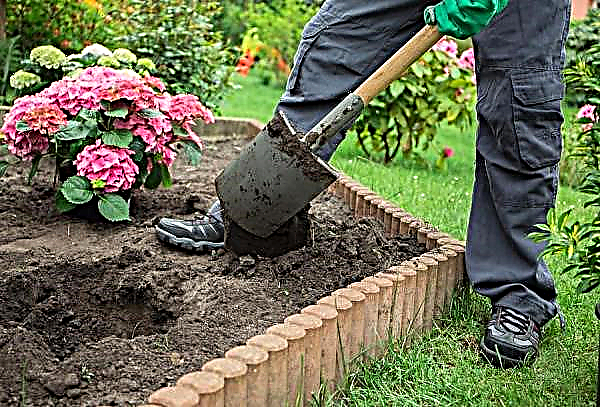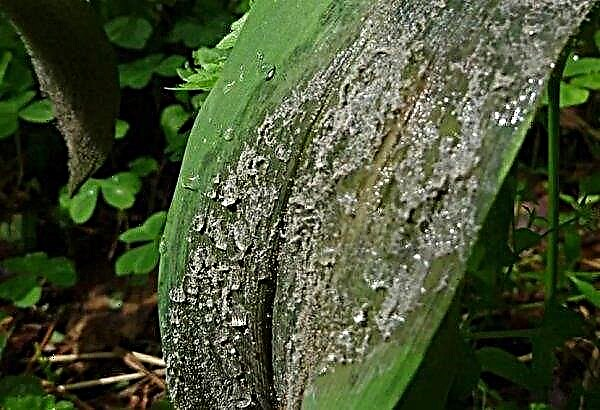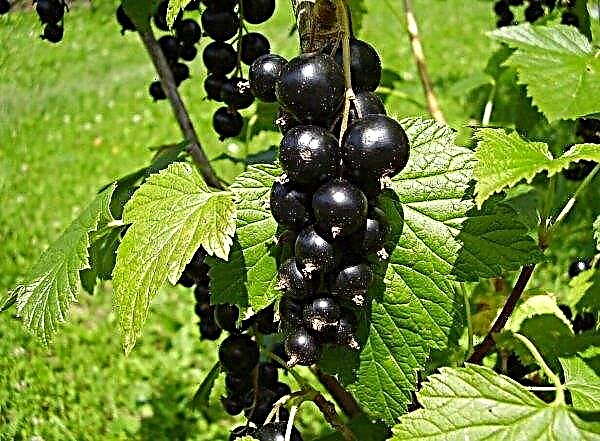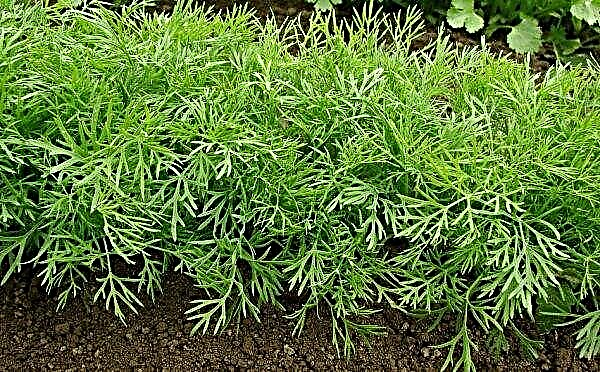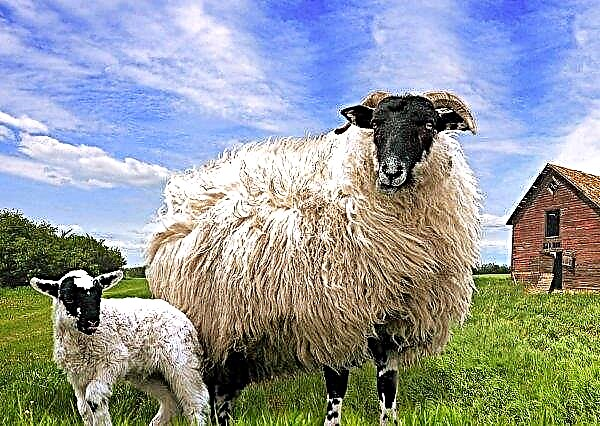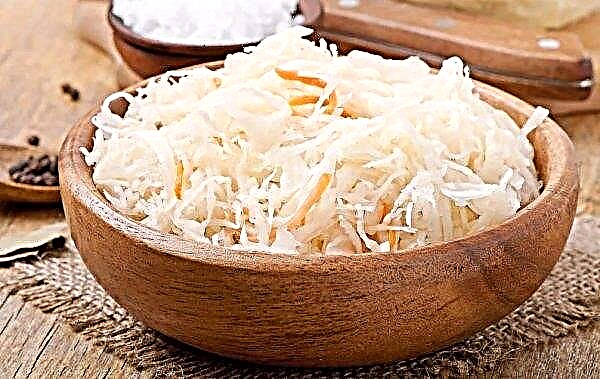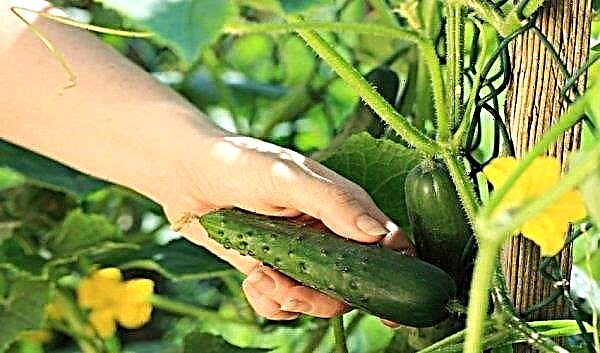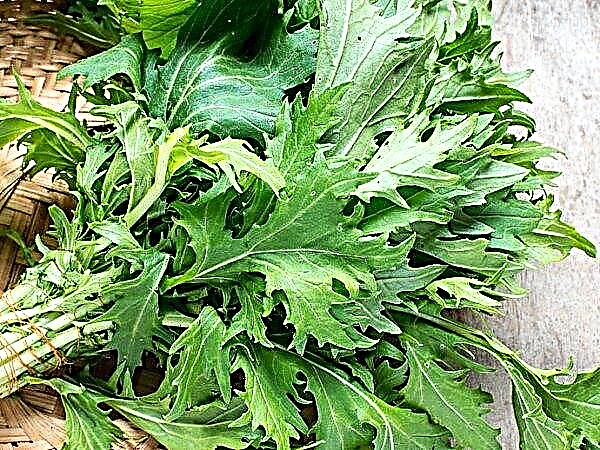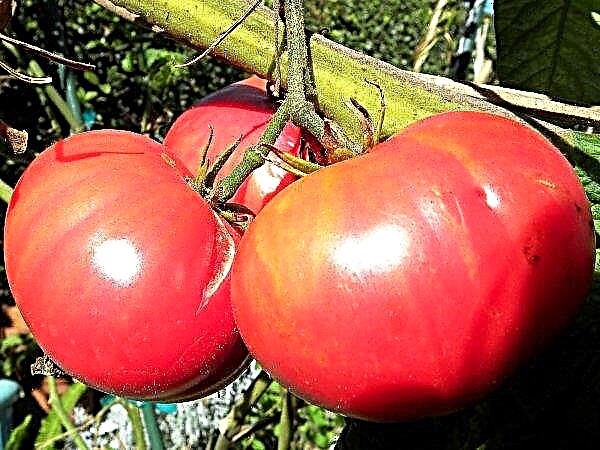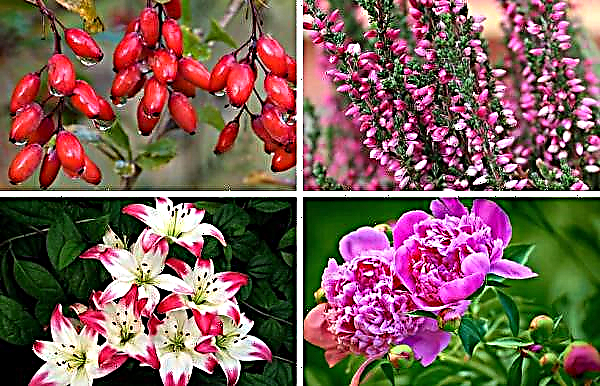Spices have been making people’s food tastier and more aromatic for millennia. One of the spices required by many cuisines of the world is caraway seeds. This article discusses how to grow caraway seeds by sowing in the ground and get a crop of exquisitely smelling seeds.
Description of caraway seeds
Common caraway (Carum carvi) is a herbaceous plant belonging to the Umbrella family, grown in both annual and biennial crops. His homeland is Europe and Central Asia. The plant has a thin grassy trunk 60–80 cm high and many branches. Cirrus leaves of oblong form grow at the base.
Caraway flowering occurs in the second year of vegetation, in late spring. The flowers are small, white, located in the apical umbrellas. Fruits with spicy taste, consist of two oval curved seeds, ocherous or light brown in color with furrows in the form of slightly darker veins. The popular name of the culture is anise.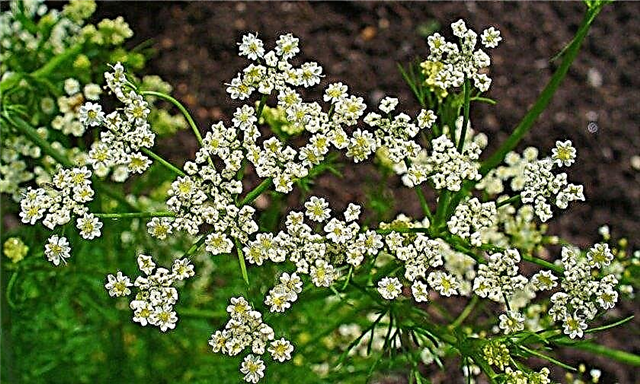
Caraway seeds contain 2–5% of essential oils, protein, calcium, phosphorus, magnesium, vitamins C, B1, B2, B3 and A, thymol, dipentene, cumaldehyde and other substances. Due to their special spicy taste, they are widely used in cooking. The yield of pure seeds is 0.6–1 t / ha.
Roasted aniseed seeds are used as a spice and flavoring to prepare a variety of vegetable and meat dishes in various cuisines of the world. Especially often they are added to bread dough or powdered on top of a crust of bakery products, which gives the baking an unusual taste and aroma.
Did you know? Caraway seeds have been known to mankind for over three thousand years; archaeologists found it in the Egyptian pyramids.
Choosing a place for planting caraway seeds
An ideal substrate for growing caraway seeds is a mixture of sand and chernozem, abundantly fertilized with well-decomposed manure or other organics that promote plant growth. The soil should be neutral or prone to alkalinity, on acid soils, this culture does not grow well. Before growing anise in spring, acidic soils should be well invested in the fall.
Cumin precursors
Good precursors for caraway seeds are legumes, potatoes, corn, tomatoes, and cucumbers. You can not sow caraway seeds where celery used to grow.
How much light does caraway need
It grows and develops best on well-lit beds. Lack of lighting negatively affects the development of the grass stem of caraway seeds and the laying of future testes, so you can not grow this crop in the shade or partial shade.
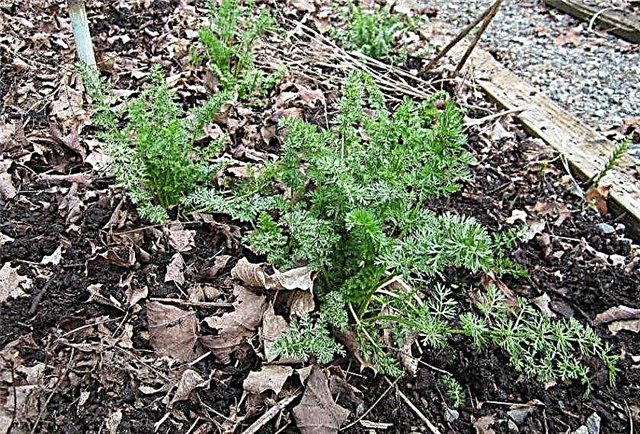
Temperature and humidity requirements
This is a culture of short daylight, so the seeds germinate early, as soon as the air temperature reaches + 8 ° C. A prerequisite for seed germination is high humidity. With an early spring planting, the seedling quickly grows a full-fledged, well-developed stem. In the summer heat, anise forms a weak and low bush, which in the future leads to the formation of small, inferior seed umbrellas.
Planting caraway seeds in open ground with seeds
In areas suitable for the climate of this crop, cultivation can be carried out by direct sowing of seeds in the ground in spring. You can also grow anise in greenhouses, in containers or pots. Part of the seeds can be sown under cover, starting on April 20, or sown in open ground in early May.
In any case, it is advisable to cover the plantings with a spanbond until the end of May in order to protect plants from nighttime freezing frosts. Cumin can also be grown through seedlings, with the advent of heat replanting seedlings in open ground.
Selection and preparation of seeds for planting
The seeds of this culture contain a fairly large amount of essential oils that impede germination. In order for seed to sprout quickly and amicably, it must be soaked for five to six hours. To soak, seeds are laid in a thin layer on top of a wet woolen cloth and rolled up into a roll.
When soaking, it is impossible to simply fill the seeds with water, since at the same time they can suffocate, which will provoke their further decay in the soil. At the end of the soaking procedure, the seeds are shaken off with a wet cloth on a newspaper sheet and slightly dried; further they can be used for sowing.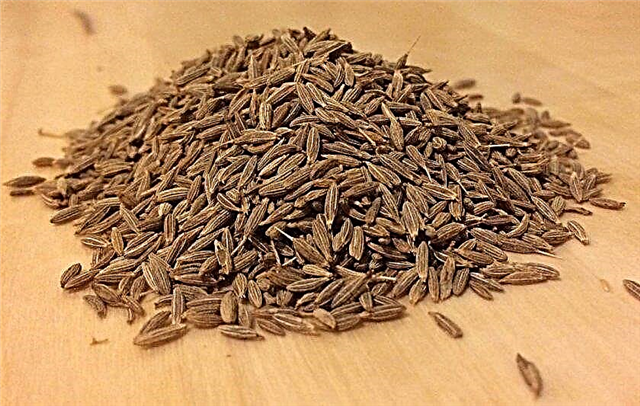
How to prepare the soil for planting caraway seeds
Before sowing, you need to prepare the land in the garden.
Landing area preparation:
- In early spring, as soon as the soil in the garden is slightly dry, the future garden is cleaned of last year's plant residues using a rake.
- Next, mark the boundaries of the anise beds and lay out well-rotted manure of pets or compost inside these borders. Five beds of organic fertilizers will be enough for a 5 m² bed.
- Fertilizer is distributed evenly over the entire surface of the bed, after which the earth is dug up with a turnover of the formation in order to incorporate organic matter into the soil.
- The earth on a dug up bed is leveled with a garden rake, forming a soil layer so that from the middle of the bed to the edges a slight slope of 3-5 cm is obtained. Such a slope will help drain excess moisture from the surface of the bed to the track.
Important! Fertilizing the beds and sowing caraway seeds can be done in late autumn, before the onset of frost. During the winter, organics partially decompose and enrich the soil with nitrogen, and the seeds are stratified.
The scheme and rules for planting caraway seeds
This is an unpretentious plant, but for normal development and growth it requires a certain living space. Anise does not withstand excessive density, so its sowing and further cultivation should be carried out taking into account these requirements.
How to sow caraway seeds in open ground:
- On the dug up bed, sowing furrows are made with a depth of about 5 cm and with an interval between rows of at least 30 cm.
- Furrows are watered; after the moisture is absorbed into the ground, seeds are laid out along the furrows. 2-3 seeds are placed in one hole, between the holes an interval of 35-40 cm is observed.
- After the anise seedlings reach a height of 5–7 cm, it is necessary to thin out the young plants. This is done so that after thinning there is only one plant for every 40 cm. Extra seedlings are removed from the garden, but if the gardener wants it, they can be transplanted to another place, they will easily take root.
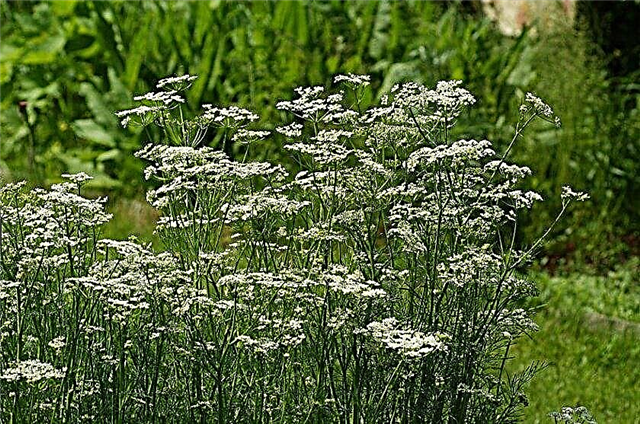
Features of caring for caraway seeds in open ground
The culture is grown to produce fragrant seeds, so the purpose of cultivation is the formation of strong and extensive umbilical testes. Gardeners have long noticed that large and healthy seeds give only a well-developed mother plant, so you need to provide caraway seeds with all the conditions for growth: fertilizer, watering, weeding and loosening.
Before germination
During this period, all care consists in maintaining the soil in a slightly wet state. For these purposes, you can carry out moderate watering every 2 days, or immediately after sowing, cover the bed with non-woven agrofibre, which will not allow moisture to evaporate from the soil. Until the first seedlings appear, soil loosening is not carried out, since the gardener can damage germinating seedlings with a sharp garden tool.
In the first year of life
In the first year of cultivation, the gardener's task is to help build up a powerful root system of anise, thanks to which the plant will develop strong testes next year.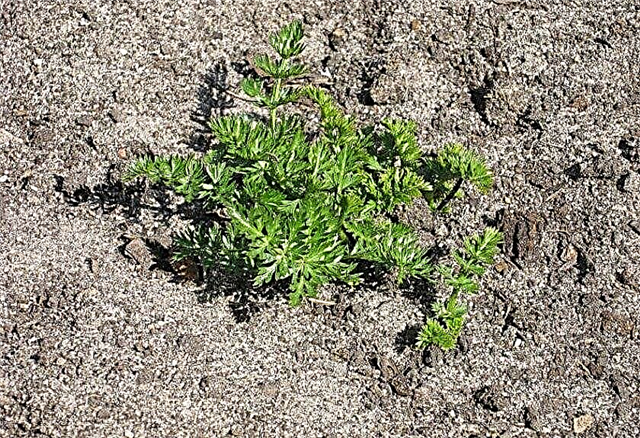
Care for young plants after seed germination:
- At the first stages of growth, young caraway seeds are watered very carefully, feeding only water to the base of the stems, very moderately. To avoid erosion of the soil and the disclosure of the root system, use a garden watering can with a shallow diffuser for water. Young plants are often watered, but as cumin grows, watering is gradually reduced to one per week. In cases of extreme heat, it is recommended to water seedlings abundantly in the early morning or late evening at room temperature.
- Weeding is regularly carried out between rows to clear the soil of weeds that can strangle young seedlings. Loosening is also carried out for oxygen to the roots of plants.
Important! To exclude future uncontrolled growth of caraway seeds in the garden, it is advisable to cut the testes from the plants before the seeds begin to flow from them. Caraway seeds can also spread to nearby areas with insects and birds and clog up vegetable beds.
Adult Plant Care
The grown bushes still need regular weeding of the aisles, so that they always remain clean from weeds. The frequency of watering adult plants is reduced, and in regions where summer rains occur at intervals of three to four times a month, they completely stop. Since the plant throws seed umbrellas the next year of vegetation, dry stems are removed from the garden in the fall. With the advent of winter, more snow is thrown onto the anise bed to warm the roots of caraway seeds.
In the second year of vegetation, the plant throws flower arrows, at the ends of which umbrellas are formed (like dill). The more powerful the plant, the larger the seed umbrella and the larger the seeds in it. In one gram there can be more than 350 pieces of large or about 700 pieces of small aniseed seeds.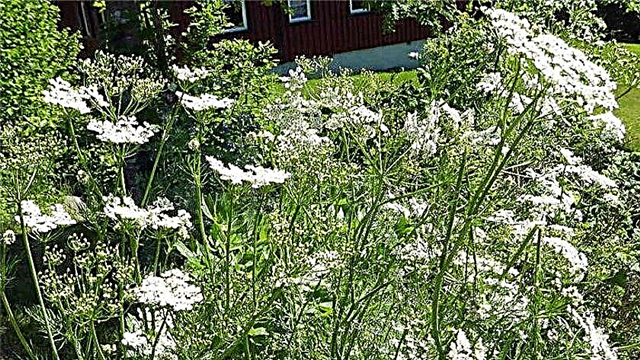
A month after the formation of the testes, the flower arrow is tied to strengthen the support. This will help the grass stalks not break under a strong wind or rain.
Harvest Features
The collection of seed umbrellas is carried out as soon as they become yellow and become dry (mid or end of August). Twigs with inflorescences are cut and grouped in bunches, after which they are suspended for drying in a dry and well-ventilated place.
Subsequently, seeds are extracted from well-dried inflorescences, rubbing umbrellas between the palms or carefully using a wooden mortar to thresh the testes, so as not to crush the seeds in the process. The threshed seeds are separated from the plant dry waste using wind. Subsequently, dry seeds are stored in glass jars.
Did you know? In the East, black cumin is used as a substitute for black pepper. At the same time, the oil squeezed out of it is valued in cosmetology as a means for anti-aging facial massage.
Cumin seeds are used in cooking, medicine and cosmetology. It is easy to grow anise seeds in the country, for this it is enough to wait for seedlings after sowing the seeds and provide the plants with full care for the entire growing season.


